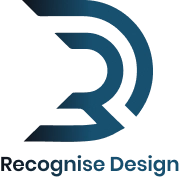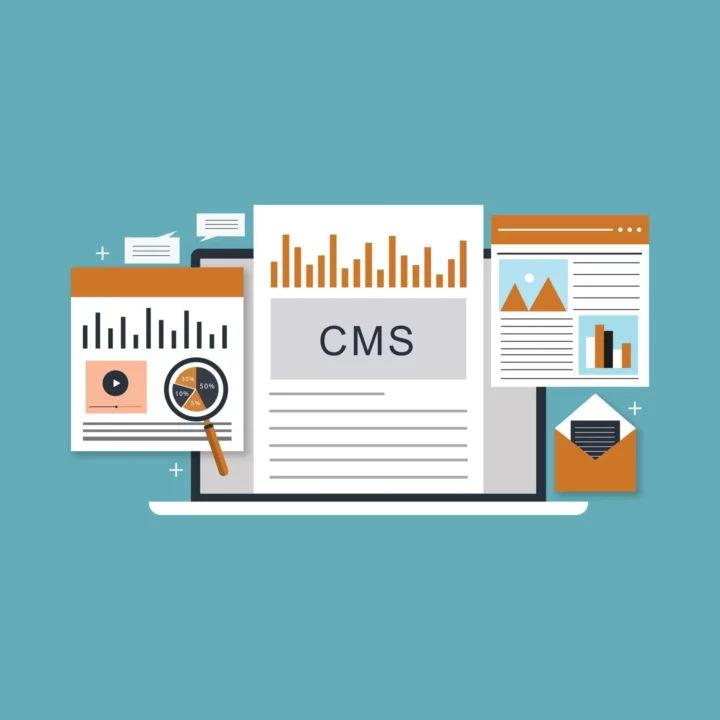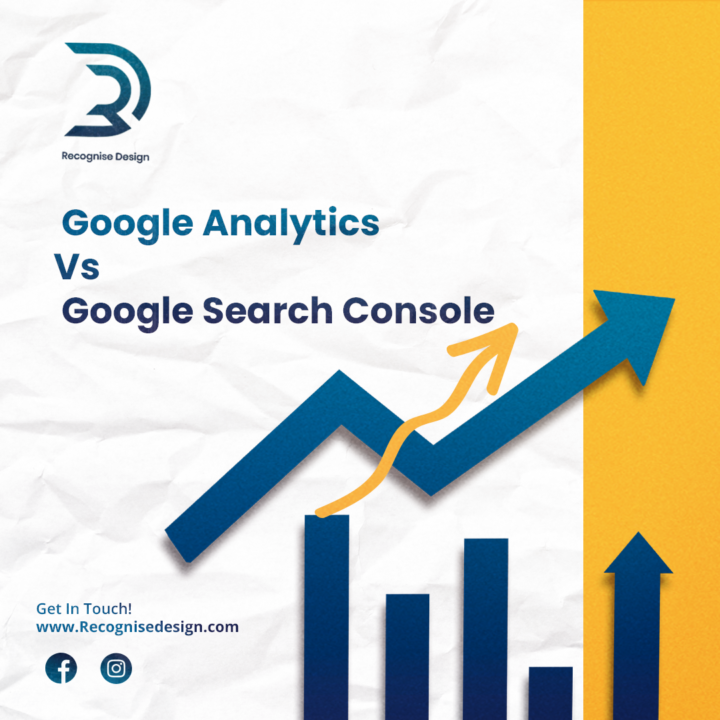If you are a web developer or a content creator, you might have heard of the term “headless CMS” before. But what does it mean, and why is it important for your website?
A headless CMS is a content management system that separates the content from the presentation layer. Unlike a traditional CMS, which provides both the backend and the frontend of your website, a headless CMS only provides the backend. The frontend, or the “head”, is decoupled from the CMS and can be built with any technology or framework of your choice.
A headless CMS delivers the content to the frontend via an API, which can be accessed by any device or platform. This means that you can use the same content for different channels, such as websites, mobile apps, smart TVs, voice assistants, or even virtual reality.
The Benefits of a Headless CMS
A headless CMS offers several advantages over a traditional CMS, such as:
- Flexibility: You can use any technology or framework to build your frontend, without being limited by the CMS. You can also choose the best tools for your specific needs and preferences.
- Performance: You can optimize your frontend for speed and performance, without being affected by the CMS. You can also use static site generators or CDN services to improve your loading time and security.
- Scalability: You can scale your frontend independently from your backend, without worrying about the CMS. You can also handle high traffic and peak demand more easily.
- Future-proof: You can adapt to new technologies and trends more quickly, without having to update or migrate your CMS. You can also deliver your content to new channels and devices as they emerge.
The Drawbacks of a Headless CMS
A headless CMS also has some drawbacks that you should be aware of, such as:
- Complexity: You have to build and maintain your own frontend, which requires more technical skills and resources. You also have to deal with more APIs and integrations, which can increase the risk of errors and bugs.
- Cost: You may have to pay more for hosting and development, as you have to manage two separate systems. You may also have to pay for additional services or tools that are not included in the CMS.
- User experience: You may lose some features and functionalities that are provided by a traditional CMS, such as previewing, editing, or publishing your content. You may also have to use multiple interfaces and platforms to manage your content.
Is a Headless CMS Right for You?
A headless CMS is not a one-size-fits-all solution. It depends on your goals, needs, and preferences. A headless CMS may be right for you if:
- You want to deliver your content to multiple channels and devices
- You want to use the latest technologies and frameworks for your frontend
- You want to have full control over your frontend design and performance
- You have the technical skills and resources to build and maintain your own frontend
A headless CMS may not be right for you if:
- You only need to deliver your content to one channel or device
- You are happy with the technologies and frameworks provided by the CMS
- You want to have an easy and intuitive way to manage your content
- You lack the technical skills or resources to build and maintain your own frontend
If you are interested in learning more about headless CMS or finding out which one is best for you, you can check out this comprehensive guide or this comparison tool.






